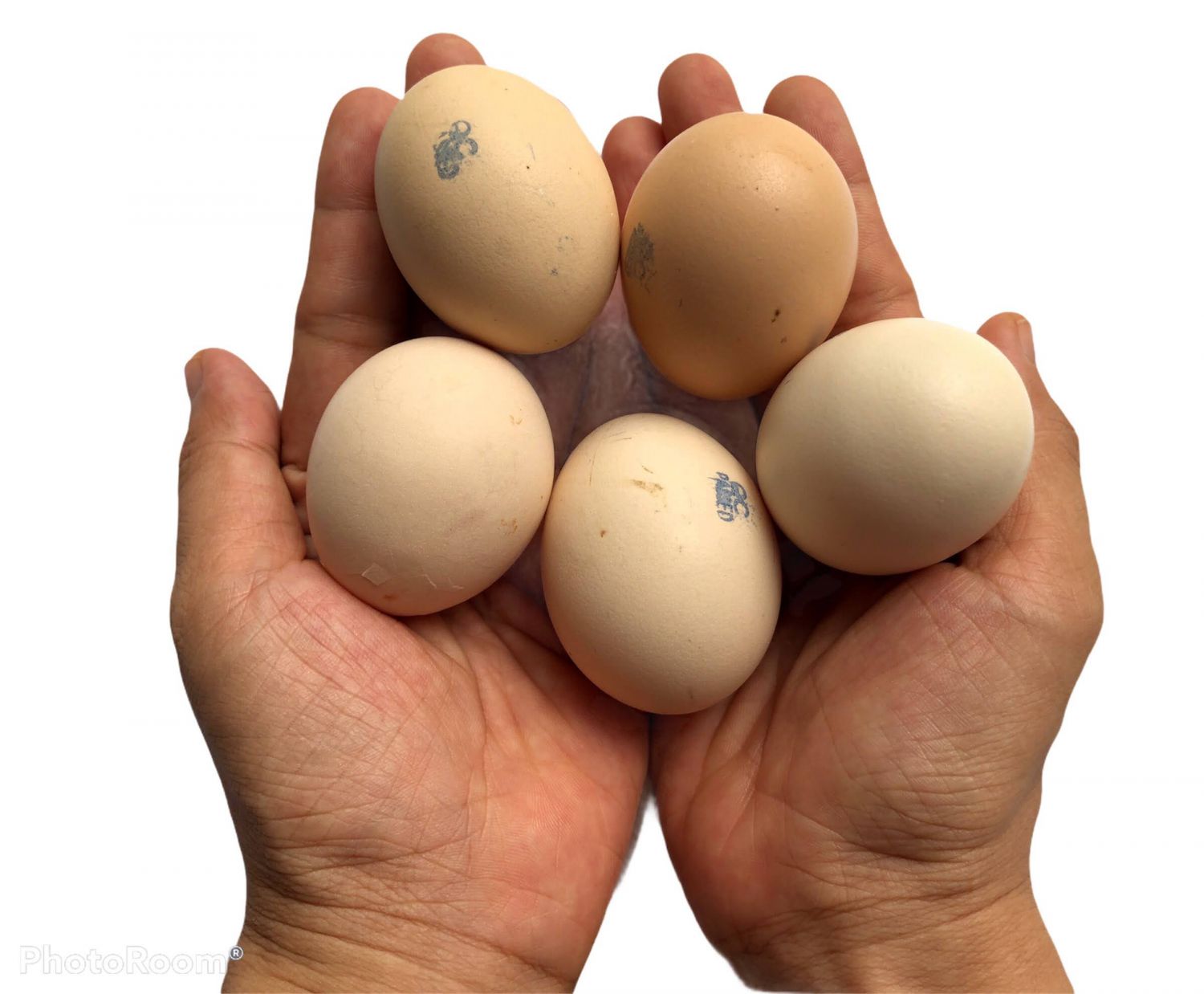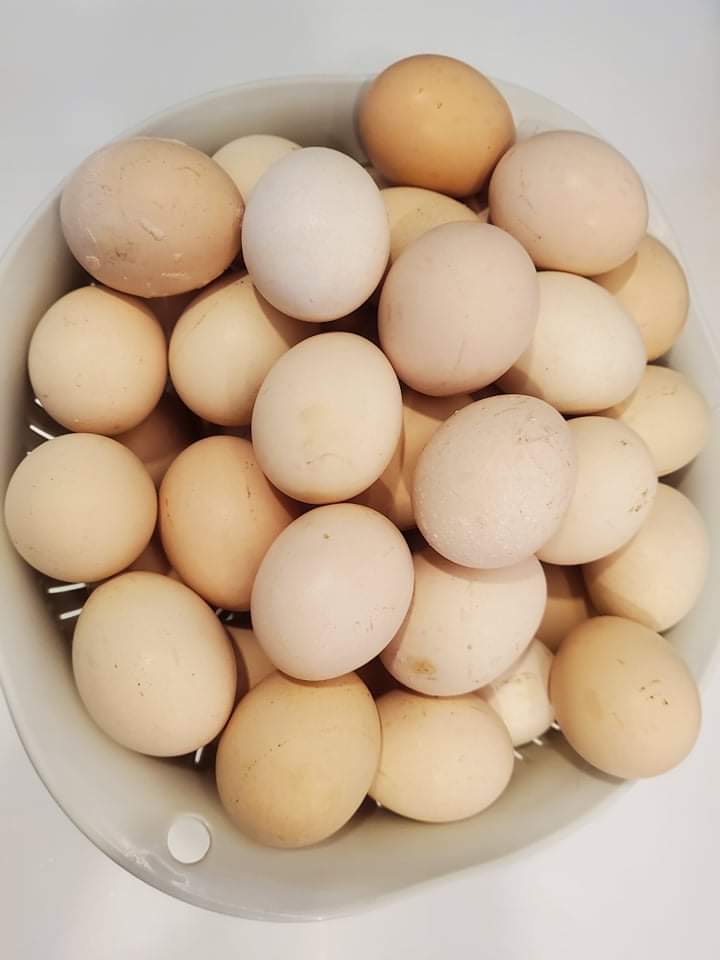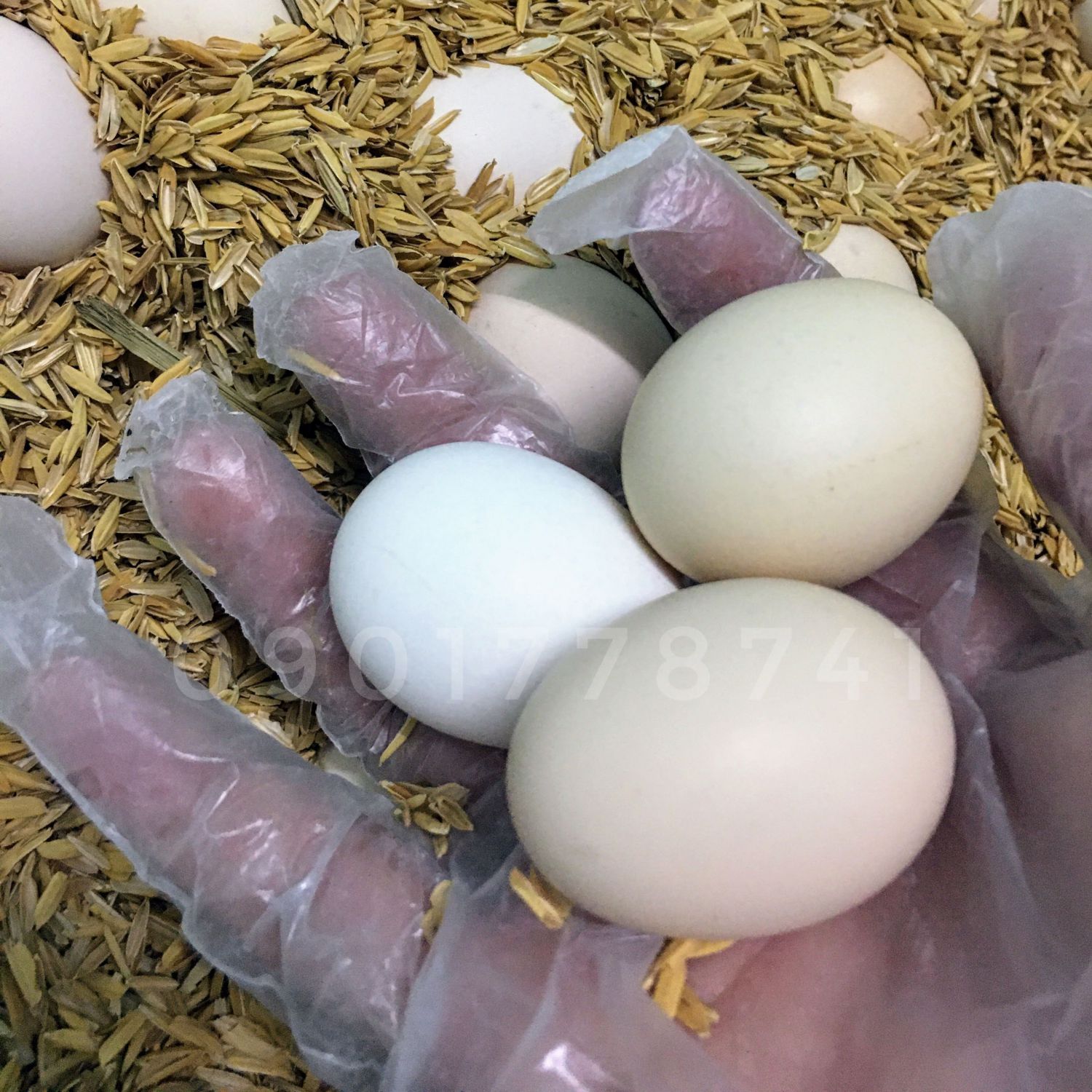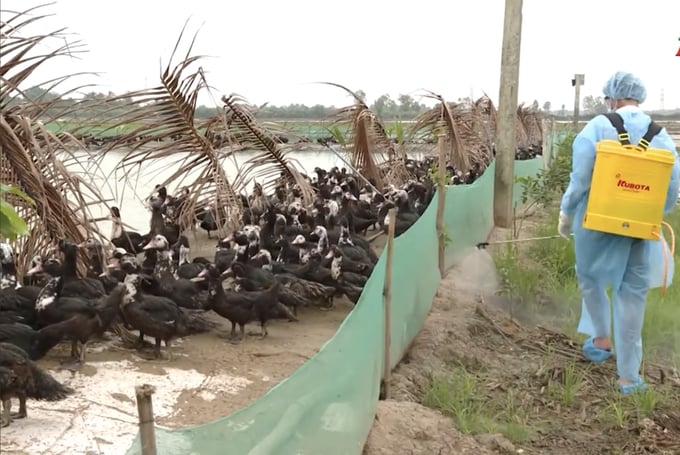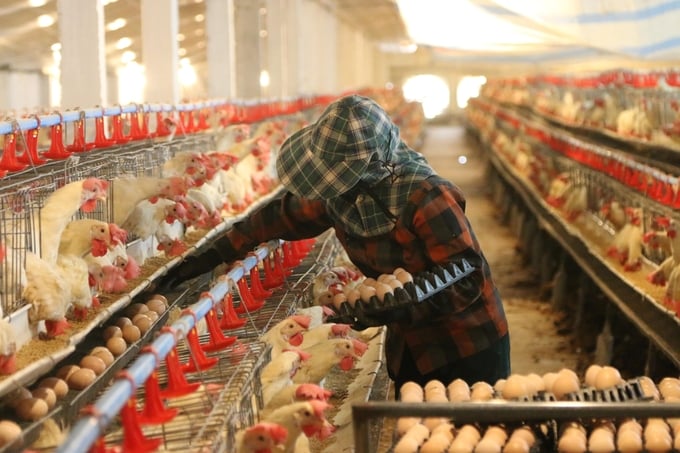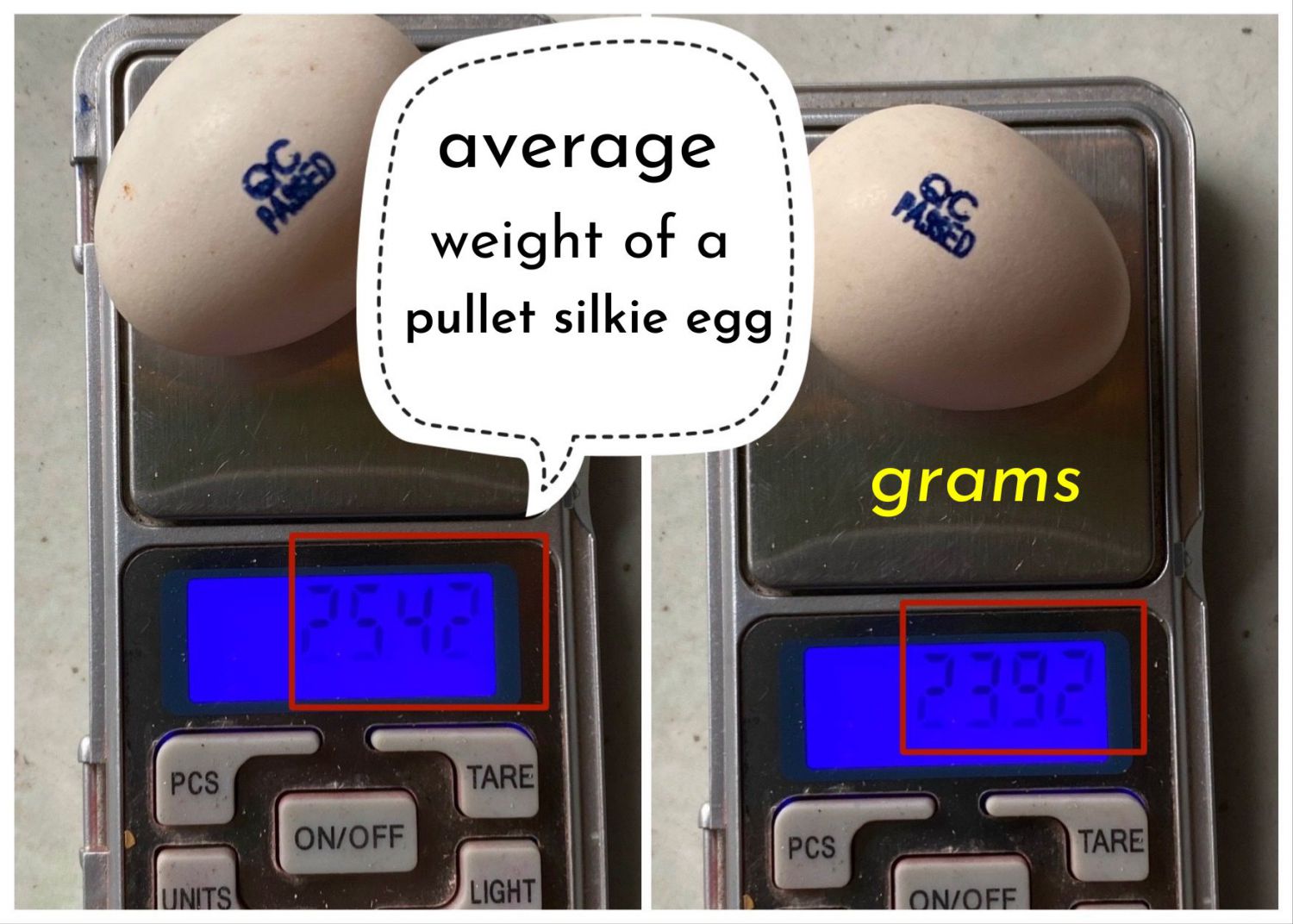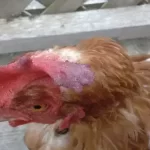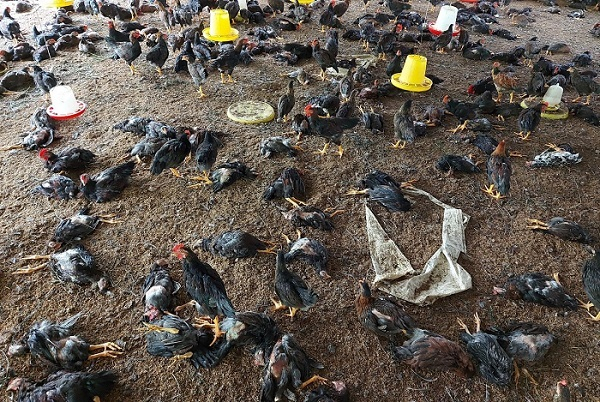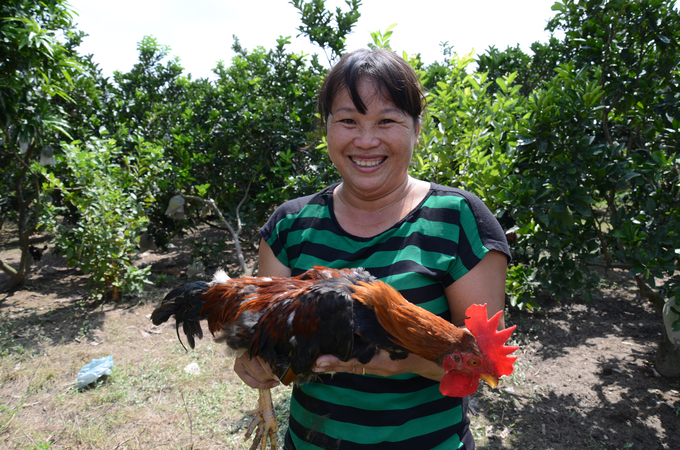Avian pox, more formally known as fowl pox, is a pathogenic condition in poultry, showing a marked prevalence during climatic extremes, such as the cold, dry, or wet seasons. The etiological agent, Avipoxvirus, finds optimal propagation conditions in environments devoid of ultraviolet radiation and can be disseminated via vector transmission through mosquitoes and flies, or by direct fomite transmission among avians. Notably, young chickens within the age bracket of 1-3 months exhibit heightened susceptibility.

The clinical presentation of avian pox can be categorized into three distinct forms: cutaneous, predominantly affecting the epidermis; diphtheritic, which compromises the mucosal membranes; and a confluent form that amalgamates the symptoms of both, frequently culminating in elevated mortality rates among juveniles. The cutaneous form is characterized by papular eruptions on the integument, potentially impairing vision and respiration, and subsequently evolving into purulent vesicles. The diphtheritic variation manifests through respiratory and ingestive impediments, engendered by fibrinous lesions on the mucosa, accompanied by pyrexia and exudation.
Prophylactic strategies are paramount, given the absence of a definitive cure for the affliction. Immunization emerges as the cornerstone of prevention, with a stipulated regimen for both juveniles and the breeding cadre. Furthermore, the enforcement of stringent biosecurity protocols, encompassing comprehensive sanitation and disinfection of avian habitats, along with the augmentation of the birds’ immune defenses through nutritional supplementation with vitamins and electrolytes, is imperative for thwarting epidemic episodes.
Conclusion:
The threat imposed by avian pox on poultry welfare is significant, yet, through diligent preventive and vaccination strategies, as well as an informed understanding of the disease’s transmission vectors, symptomatic spectrum, and containment methodologies, poultry custodians can safeguard their flocks and diminish the adverse impacts associated with this viral contagion. The adage that prevention supersedes cure holds particularly true in the context of avian pox management.
Translated by Quyen.
Source: https://nguoichannuoi.vn/kinh-nghiem-dieu-tri-benh-dau-ga/
